Ever peered through the razor-sharp jaws of a great white shark? Or gone fishing with a grizzly bear? Here are nine animal experiences to get your adrenalin pumping.
Track gorillas in the Ugandan jungle
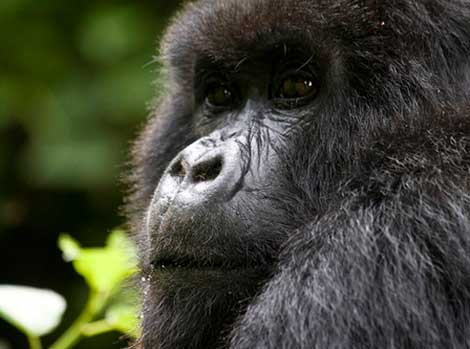
Endemic to the forests of central Africa, gorillas are among the planet’s most endangered creatures – it’s estimated there are fewer than 600 mountain gorillas left in the wild. Alongside Rwanda, Uganda is one of the most accessible places to experience the thrill of observing a formidable silverback in the flesh.
-
Make it happen: as tours don’t come cheap, it’s helpful that Intrepid absorbed the cost of the latest hiking permit price increase. They offer a 16-day Gorilla, Chimps & Game Parks tour (year-round) and an eight-day Gorilla Express tour (tours departing at least every second month).
-
Price tag: eight-day tour from around $1430.
Observe North American brown (grizzly) bears fish for salmon
Weighing up to 360kg, these top-of-the-food chain predators are mad for salmon, which ‘run’ back up the Alaskan rivers in which they were born to spawn between May and October. It’s easy pickings for the bears, who feast on tired fish struggling against the current.
-
Make it happen: you need not book a tour – simply research Alaska’s salmon runs and turn up at the right place at the right time. Two of Alaska’s most accessible viewing areas include the Chilkoot River near Haines (from mid-June to October) and Katmai National Park, which has a perfectly positioned viewing platform (July and September).
-
Price tag: from $0.
Spot the ‘big five’ in Tanzania’s Serengeti National Park
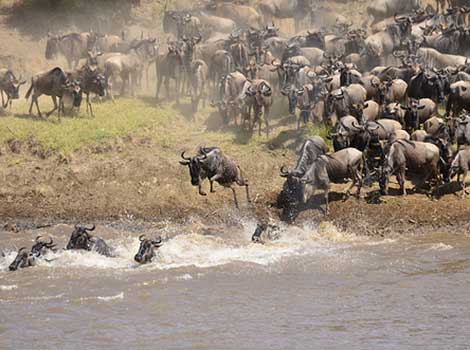
Kicking off around May, the Great Migration offers a great chance to spot elephants, lions, leopards, buffalo and rhino as wildebeest begin their treacherous circuit of the Serengeti, ending up at Kenya’s Masai Mara Natural Reserve around September.
-
Make it happen: for extra wildlife spotting opportunities (especially if you’re not visiting during the migration), look for tours that also take in Tanzania’s Ngorongoro Crater, such as those offered by The Adventure Company (theadventurecompany.co.uk) and Abercrombie and Kent (abercrombiekent.co.uk).
-
Price tag: it’s possible to cut back costs by opting for a quickie camping tour or visiting the region as part of an Africa overland trip, but you can expect to pay upwards of $2000 for a proper 10-day safari.
Snorkel with whale sharks off Mexico’s Yucatán Peninsula
The world’s largest fish patrol tropical waters across the planet, but there are only a handful of spots where sightings are guaranteed in-season. The warm waters off the northeastern tip of Mexico are one such hotspot – from June to September, huge numbers head here to feed and mate.
-
Make it happen: Avoid the Cancun crowds and base yourself on sleepy Isla Holbox in Mexico’s Yum Balam Biosphere nature preserve. Daily in-season snorkelling tours (try Willy’s; holboxwhalesharktours.net) are a bit more reputable here. Bring your own biodegradable sunscreen.
-
Price tag: Four- to six-hour tour costs around $80.
Cage dive with great white sharks off South Africa’s Western Cape
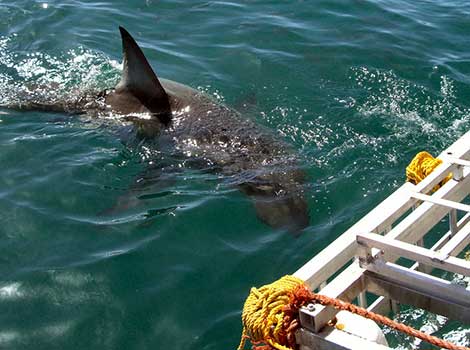
Weighing up to one ton, the world’s most fearsome fish are generally migratory predators, but there are so many fur seals to feast on near Gansbaai, two hours south of Cape Town, that ‘whites’ patrol these waters around the calendar.
-
Make it happen: tours run year-round, but you’ll get the best visibility from March to September. Operators including Shark Cage Diving (sharkcagediving.net) and Shark Diving Unlimited (sharkdivingunlimited.com) use a natural ‘chum’ mixture to attract sharks before everyone takes their turn in the cage (no diving certification required).
-
Price tag: two-and-a-half to four-hour tour: $130.
See saltwater crocodiles stalk prey in Australia’s Northern Territory
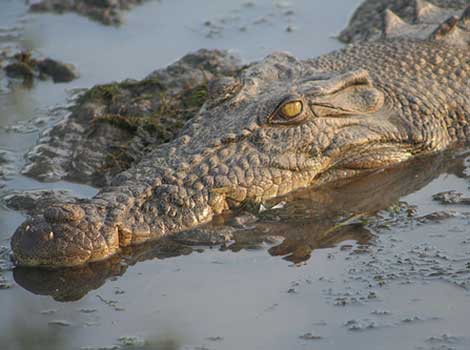
With a bite force of 1700kg (twice that of a great white shark) the world’s largest reptiles roam brackish waters from India to Papua New Guinea, but the biggest 'salties' are found in Australia’s Northern Territory. These mega-crocs are known to jump out of rivers to snatch unassuming birds, which tour operators encourage by dangling chunks of meat from their cruise boats.
-
Make it happen: Jumping Crocodile Cruises (jumpingcrocodilecruises.com.au) run year-round on the Adelaide River.
-
Price tag: one-hour cruise from $25.
Swim with piranhas in the Amazon Basin
Indigenous to the Amazon, piranhas have a voracious appetite for meat, but generally only attack humans when food is scarce – in 2011, 100 swimmers in Brazil were bitten over one weekend. Under the supervision of a knowledgeable guide, it’s actually quite safe to swim in many Amazon tributaries.
-
Make it happen: year-round Bolivian pampas tours include swimming with red-bellied piranhas (as well as pink dolphins). Dirt-cheap three-day tours can be organised in La Paz though Indigena Tours (indigenatours.com), or locally in Rurrenabarque, Bolivia’s pampas gateway town.
-
Price tag: three-day tour from around $155.
Stare down a polar bear in the Canadian Arctic
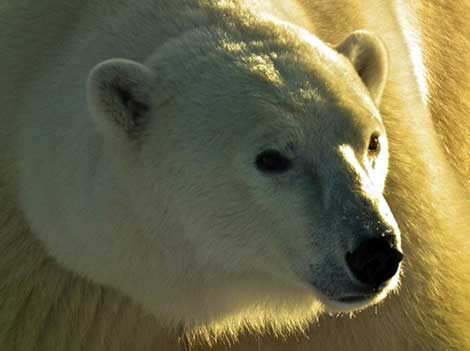
Native to the Arctic Circle, polar bears are the world’s largest bear species. Sadly, there are fewer than 25,000 left in the wild. In October and November, dozens congregate on the banks of Hudson Bay in Manitoba to wait for the water to freeze so they can begin their annual seal hunt on the icepack.
-
Make it happen: for the best chance of a memorable encounter, fork out for a multi-day tour based in the Churchill area, during which you’ll head out in special tundra buggies to get a closer look at the bears. Check out Churchill Wild (churchillwild.com), Lazy Bear Lodge (lazybearlodge.com) and Tundra Buggy Adventure (tundrabuggy.com).
-
Price tag: multi-day tours from $3000.
Watch orcas snatch sea lions off the beach in Patagonia, Argentina
Southern right whales crowd the protected bays of Argentina's Valdes Peninsula from June to December, but the real fun begins in February, when orcas propel themselves on to the shoreline to feast on unassuming sea lion pups.
-
Make it happen: orcas are generally active around Punta Norte from late February to April, and from August to November a bit further south at Caleta Valdes, but witnessing the spectacle is never a given – only a handful of attacks are observed each season. It’s possible to book a multi-day tour from Buenos Aires or a day trip from Valdes Peninsula hub Puerto Madryn, but your best bet is bunking down closer to the action at Del Nomade Ecohosteria in Puerto Piámides (ecohosteria.com.ar).
-
Price tag: from $0 with your own transport. Double rooms at Del Nomade in orca season start at $180 per night.




